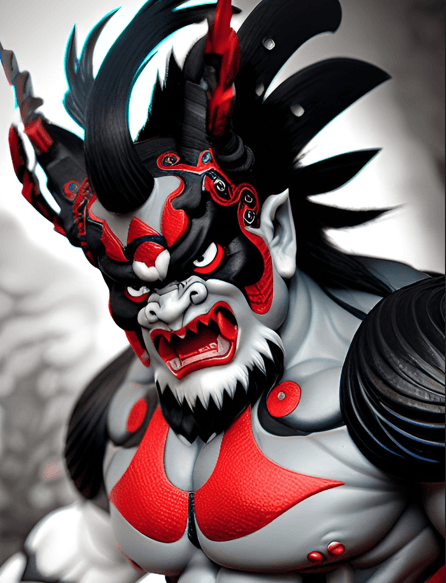In Japanese folklore, Oni (鬼) are a type of supernatural demon or ogre, often depicted as horned, red-skinned, and fierce-looking creatures. These yokai have played a significant role in Japanese culture, art, and storytelling for centuries, and are still very much a part of modern-day Japanese popular culture.
Read on to learn about the origins, appearance, and characteristics of the Oni!
MORE LIKE THIS: Gaki – Japanese Folklore’s Hungry Ghosts
Origins and Characteristics
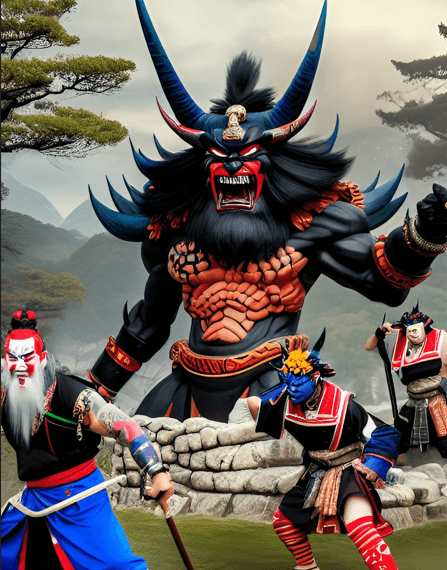
The origins of Oni are not entirely clear, but they are believed to have emerged from a blend of Shinto, Buddhist, and Taoist beliefs in ancient Japan. Over time, Oni have taken on various forms and characteristics depending on the region, period, and purpose of the storytelling.
In Japanese mythology, Oni are often associated with negative traits such as violence, greed, and jealousy. They are said to take delight in causing chaos and tormenting humans. However, some stories also portray Oni as protectors of the natural world or guardians of certain places, such as mountains or forests.
Oni Appearance
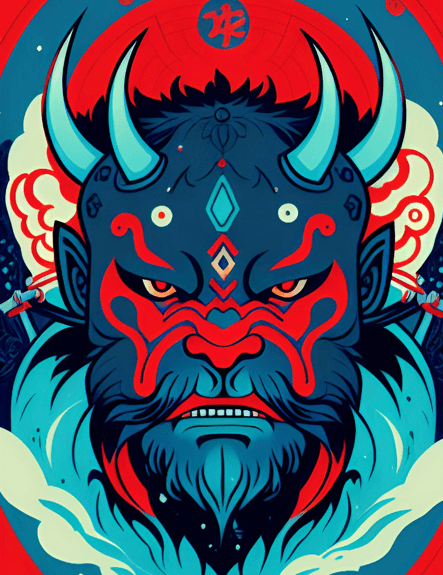
Oni are usually portrayed as large, muscular creatures with horns, sharp claws, and red or blue skin. They have fierce-looking faces with sharp teeth and wild hair, and they wield clubs and other melee weapons.
Some Oni have the ability to shape-shift, making them even more unpredictable and dangerous. In various depictions, Oni have a third eye on their forehead or multiple arms to wield multiple weapons, which add to their fearsome appearance.
The Oni’s appearance varies somewhat depending on the story, region, and time period in which they are depicted, but they are generally portrayed as powerful and intimidating beings.
Symbolism and Interpretation

Oni are often interpreted as representing negative aspects of human nature, such as anger, envy, and aggression. They serve as cautionary tales about the consequences of giving in to these base instincts and the importance of self-control and discipline.
At the same time, Oni can also represent the forces of nature and the importance of respecting and preserving the environment. In some stories, Oni are said to punish those who harm the natural world, and their appearance serves as a reminder of the power and majesty of nature.
Similar Mythical Creatures to the Oni
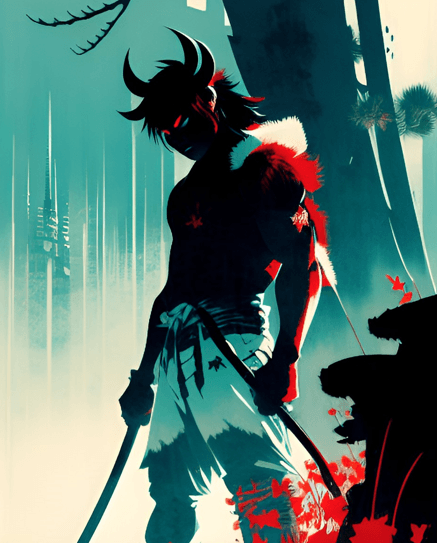
While Oni are unique to Japanese mythology, similar beings can be found in other cultures around the world. In Chinese mythology, for example, there is a creature known as the Taotie, which is also depicted as a fierce and ravenous monster. In Hindu mythology, there is the Rakshasa, which is a shape-shifting demon that feeds on human flesh.
Similarly, in Western mythology, there are creatures such as the Minotaur, which is a bull-headed monster from Greek mythology, and the Chimera, a fire-breathing creature from Greek and Roman mythology. These creatures, like the Oni, often represent negative qualities or forces that humans must overcome or appease.
Within Japanese mythology, there are several other creatures that share some similarities with the Oni. For example, the Tengu is another supernatural being that is often depicted as having a red face and a long nose, much like the Oni. Tengu are known for their martial arts skills and are often portrayed as protectors of the mountains and forests.
Similarly, the Kappa is another creature from Japanese mythology that shares some characteristics with the Oni, such as its mischievous nature and love of causing trouble. However, Kappa are usually depicted as being more amphibious in nature, with a beak-like mouth and a turtle-like shell on their back.
Other malevolent figures from Japanese folklore include the Gaki, the Jikininki, and Ushi-oni.
Oni in Popular Culture
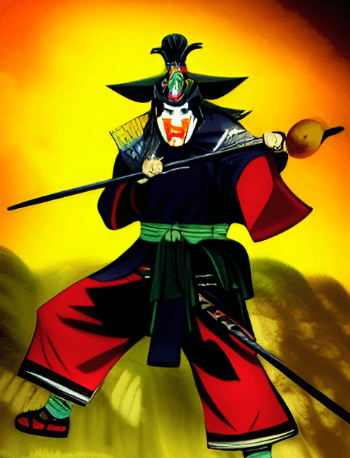
Oni have had a significant influence on Japanese popular culture, appearing in various forms of media, such as anime, manga, video games, and movies. One famous example is the video game series “Onimusha“, which features Oni as antagonists that the player must defeat.
In addition to entertainment media, Oni also appear in various festivals and celebrations in Japan, such as the Setsubun festival which takes place in February and involves the throwing of roasted soybeans to drive away evil spirits, including Oni.
Oni masks are also popular items in Japanese souvenir shops and are often used in traditional performing arts such as Noh and Kabuki.
Get in Touch
Did you enjoy reading about the Oni? Is there something important about the creature that you think we missed? If so, let us know in the comment section below!
For enquiries, contact me at richard@mythologyplanet.com
For more about the Oni, check out the YouTube video below by Mythology & Fiction Explained.
